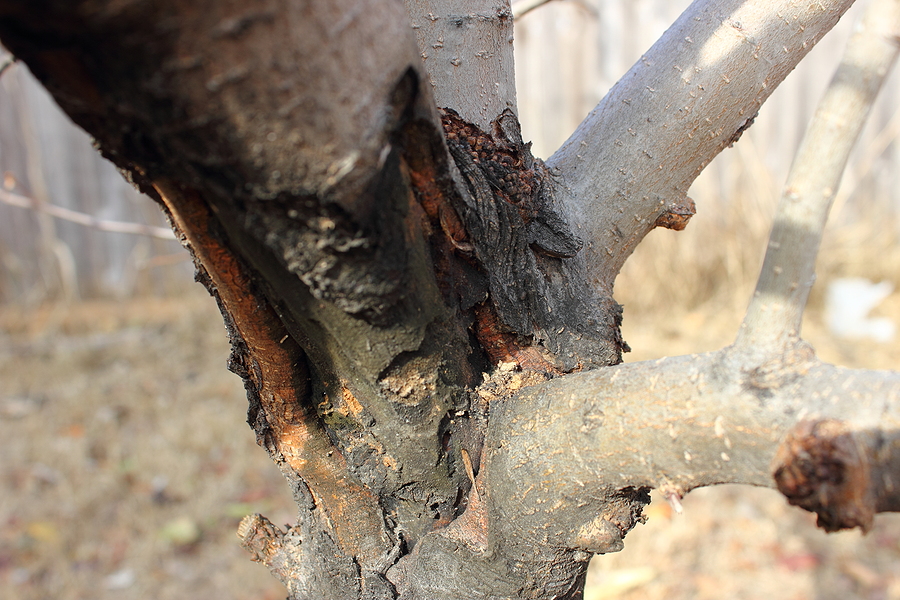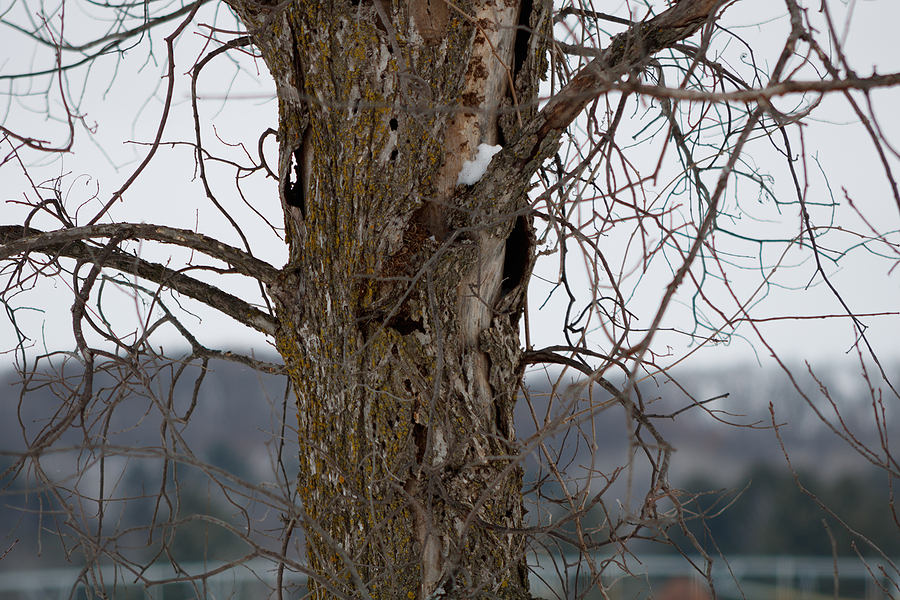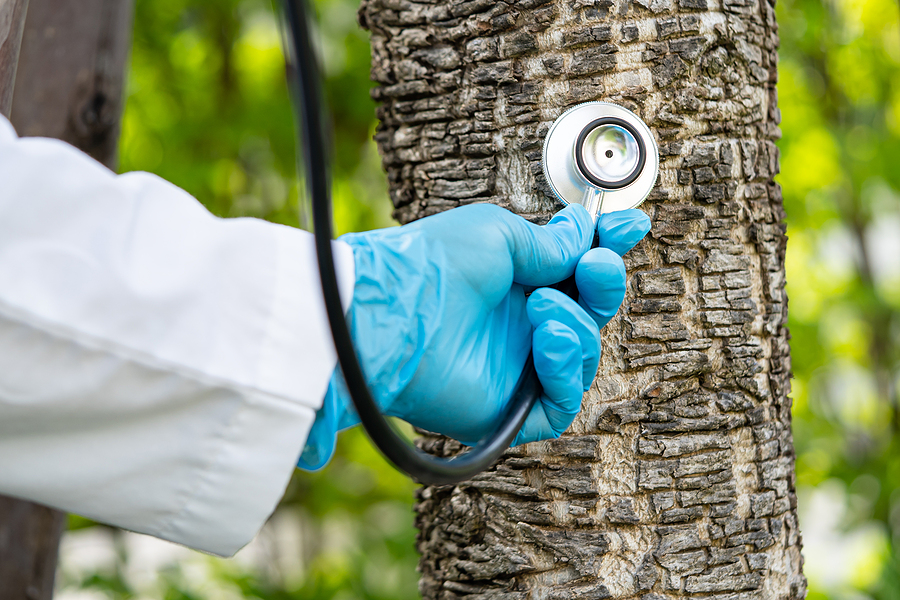Trees, the silent sentinels of our yards and landscapes, often bear the brunt of Mother Nature’s whims. From fierce storms to unrelenting pests, trees are subjected to a myriad of challenges. But with the right knowledge and care, these setbacks don’t have to spell the end for your leafy friends.
Welcome to our blog post, where we delve into the world of tree damage and restoration. This comprehensive guide will equip you with the necessary tools to rehabilitate your damaged trees, transform your green spaces, and get you conversing like a seasoned tree doctor.

Understanding Tree Damage
Before we can delve into the methods of tree restoration, it’s essential to understand the different types of damage that can affect trees. The most common forms of tree damage include:
Physical Damage
Physical damage is caused by external factors such as strong winds, heavy snow, ice storms, or lightning strikes. This type of injury often results in broken branches, split trunks, or uprooted trees.
Insect Damage
Insects like beetles, moths, and borers can cause significant damage to trees. Their feeding habits can weaken the tree’s structure and leave it susceptible to diseases.
Disease-Related Damage
Trees can be affected by various diseases such as fungal infections, bacterial infections, or viral diseases. These diseases can cause discoloration, leaf drop, and even death in severe cases.
Tips for Caring for Damaged Trees
Once you’ve identified the type of damage affecting your tree, it’s time to take action. Here are some tips for caring for damaged trees:
Assess the Damage
Before starting any restoration work, assess the extent of the damage. If the damage is minimal, you may be able to handle it yourself. However, if the damage is severe or poses a safety risk, it’s best to call in a professional tree doctor for help.
Prune Carefully
Careful pruning can help remove damaged branches and promote new growth. It’s essential to use proper pruning techniques to avoid causing further harm to the tree. Make clean cuts just above the branch collar, leaving no stubs.
Protect Against Pests
If your tree has been infested with insects, it’s crucial to identify and treat them promptly. You can use natural or chemical methods to control pests, depending on your preference. Remember to follow instructions carefully to avoid harming beneficial insects and wildlife.
Promote Healthy Growth
Damaged trees need extra care to recover. Ensure the tree is getting enough water, sunlight, and nutrients by regularly watering and fertilizing it. You can also add a layer of mulch around the base of the tree to retain moisture and keep weeds at bay.
Be Patient
Tree restoration takes time, patience, and dedication. It may take several months or even years for a damaged tree to fully recover. Be consistent with your care and keep an eye on the tree’s progress.
Conclusion
Caring for damaged trees can be challenging but ultimately rewarding. By understanding the different types of damage, knowing how to properly care for a damaged tree, and being patient, you can help revive and restore your beloved trees. Remember to always prioritize safety and seek professional help when needed. With these tips in mind, you can play a crucial role in protecting the trees in your yard and contributing to a healthier environment for all. Let’s work together to keep our green spaces thriving! So go ahead, put on your tree doctor hat, and watch those damaged trees bloom once again.
Are you concerned about the health and safety of your trees? Contact Complete Tree Care at 317-783-2518 to get advice from a tree service contractor or certified arborist in Indianapolis, Indiana. We serve residential and commercial clients with comprehensive tree care solutions.
Related Posts:
Is My Tree Dead or Diseased?
4 Tree Diseases You Should Watch Out For
What Causes Bark Splitting in Trees?


